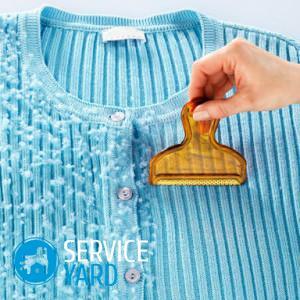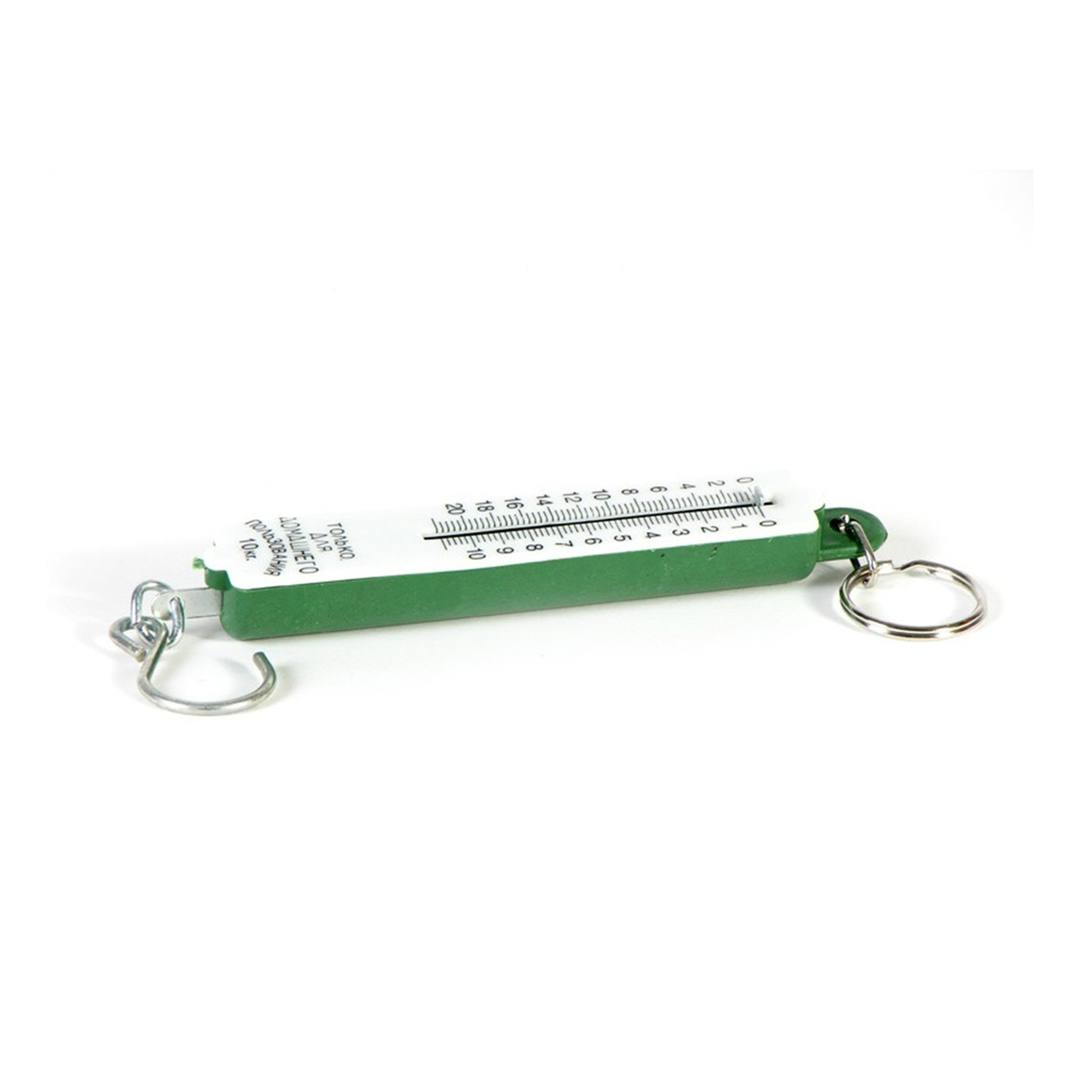
- Where are the puffs?
- Remove the tightening in two minutes
- How to remove the puff from the synthetic fabric?
- If a dress from a fine jersey
- Wool clothing
- If the hinge breaks
- We remove the spools
- Tighten from the claws
- So that there are no hooks and spools
Tightening on clothes is an unpleasant phenomenon, but common. Pussy greeted the hostess too joyfully, the chair in the office turned out to be chipped, the earring caught on the collar - are there not enough situations when the new dress turns out to be small but capable of spoiling the appearance of the hook. What to do? The main thing - do not panic, and how to remove the puffs on the dress, we now talk.
to the contents ↑Where are the puffs?
The hook can appear on any material. But if the cotton and linen clothes are just enough to iron well, then with delicate gentle materials you will have to tinker a bit. A small puff on the dress can be removed in a few minutes, but some actions are contraindicated:
- You can not pull the fabric strongly in different directions.
- Do not try to use scissors, unless it is a question of spools in knitwear.
- Do not think that with puffs and pellets will be able to cope with the usual washing.
Often the tightening occurs:
- on knitwear;
- on synthetic material;
- on chiffon;
- on wool knitwear;
- on silk and satin.
Remove the tightening in two minutes
How to remove the puff on chiffon, silk or satin? There is one very simple way to remove a small hook in a few minutes. You need:
- thin needle;
- iron with steamer.
Your main task is not so much to remove the puff as to make it invisible. To do this, you need a thin needle, preferably with a wide eyelet - so that it passes through freely:
- Straighten the fabric.
- Insert the needle from the front side next to the tightening so that the entire needle, except the eyelet, is on the wrong side.
- Insert the thread into the eyelet.
- Pull the hook to the wrong side.
- Gently pull the fabric in different directions.
- Strip off the place of the hook.
Important! Cut the thread is not necessary - instead of a small tightening you can get a very noticeable hole. When stripping, the thermostat must be set to the mark corresponding to the given material.
to the contents ↑How to remove the puff from the synthetic fabric?
The simplest way to deal with small puffs on a synthetic dress. For this, even a needle is not required. It's enough just to pull the fabric in different directions - and the hitch will disappear by itself.
Important! Before ironing synthetic clothes, make sure that it can be done - the label should have the appropriate marking.
to the table of contents ↑If a dress from a thin jersey
Before you remove the tightness on knitwear, go to the store where you sell goods for needlework. There you will find a special hook for lifting loops. It looks like a normal knitting, but not quite - instead of a hook at its end is a loop with a lock. It is simply necessary, if the "path" has gone from the hook.
How to use it to remove puffs on the dress:
- Straighten the fabric.
- Hook the lowered hook with the hook.
- Lift it up.
- After removing the "path", fix the loop( you can do this with a thin needle and thread in the tone of the product).
Important! If the tightness on knitwear is small, remove it in the same way that with chiffon or satin. This is even simpler, because the knit wears easily in all directions.
to the table of contents ↑Woolen clothing
On woolen knitwear, tightening appears, perhaps even more often than on thin jersey. They can be formed even simply from a long socks. But it's easier to cope with them. If there is an extended loop and it has not yet managed to tear:
- Pull it inside out with a conventional crochet hook, needle or needle - in short, what is at hand.
- Then straighten the canvas - the tightening place will disappear quite easily.
 If the loop tore and went down, you will need:
If the loop tore and went down, you will need:
- crochet hook;
- thread in the color of the product.
Important! In this case, it is necessary to act in the same way as when eliminating the "path" on the jersey. This is even somewhat easier, because the size of the hook can be larger - it depends on the thickness of the thread.
to the contents ↑If the loop breaks
If there is a hole in the knitted product, you can not get off just by lifting the loops. Very good, if you have a little woolen thread of the same color and quality that went to the manufacture of the product. In such a case:
- Output the ends of the torn filament to the wrong side.
- Cut from the tangle piece, along the length equal to half of the "path", plus 2-3 cm to the knots.
- Tie the ends of the cut thread to the clipping - you will get a loop.
- Lift the loop as in the case of knitted fabrics, and fasten it with a thin thread of the same color.
We remove the spools
On knitted and synthetic clothes often appear pellets. They themselves are not dangerous, the strength of the product does not affect in any way, but are ugly. It is immediately evident that they wore clothes for a very long time.
From this trouble there is a simple, but reliable tool - a special machine for removing spools. You can buy it in the same place as other sewing products, but it is usually inexpensive.
It's easy to use:
- Put the thing on the table.
- Slide the machine from the collar to the hem and then back.
- In the same way, clean other parts of the dress.
The machine needs to be cleaned periodically. The most important thing in this action is not to press the machine to the material. If you do not have such a machine, you can cut the pellets with very small manicure scissors. This, of course, will take more time.
Important! Spools on products of large mating to remove in this way is not recommended. You can simply cut them.
Cat and cat coats
Pets, even if they do not want to, sometimes bring a lot of trouble to the owners. For example, cat and dog hair falls on clothes, falls down, forms pellets. But this is not a problem that should be seriously worried about - the spools from the animal's fur are removed quite easily. The main thing is to do it in a timely manner.
If the wool is already adhered, you will be rescued by a special roller with an adhesive surface. Simply spend a roller on clothes( and also a carpet or sitting of a sofa) - and all wool which has adhered on a fabric appears on it.
You can do this with your own hands. For this you will need:
- plastic bottle;
- Scotch tape.
Wrap the bottle with adhesive tape so that the adhesive side is on the outside.
Important! It is even better to take double-sided scotch, then the paper "roller" will not slip during harvesting.
to the table of contents ↑Brackets from claws
Felted wool is not the biggest trouble that pets can deliver. Much worse, if on clothes, furniture or curtains were puffs from claws. With such hooks it is unlikely to manage home methods. Therefore, the best option - to wash the thing and take it to the studio, where experienced craftsmen work, which, moreover, have special equipment.
to the contents ↑So that there are no hooks and spools
From unforeseen situations, of course, no one is insured. Cling to the corner of the closet can even the most accurate person, carefully watching his clothes. But some reasons for the appearance of puffs and pellets can be prevented. Often they arise as a result of improper washing. To avoid this:
- Wash clothes from thin fabrics only in delicate washing mode.
- Use softening detergents.
- In order to minimize the adherence of animal hair to clothing, use an antistatic agent.
Now you know all the ways how to remove puffs on a dress, sweater and any other thing from knitwear, wool, synthetics. We hope that such problems will arise very rarely, and you have already prepared for this force majeure event. Be careful - and when wearing clothes, and when repairing it, then you do not have to often throw things that are still in good condition due to a small oversight.

